The business model of major US airlines has become trying to give you less and charge you more aiming to ensure they don’t provide any more value than their competitors because that would entail higher cost. That’s a departure from the standard model of business, trying to offer greater value at a lower price.
United: we didn't start the race to the bottom, but by God we plan to win it!
— Fake Jeff Smisek (@FakeUnitedJeff) June 10, 2014
Since United and American are intent on copying Delta, not even trying to be better than Delta I actually want to like Delta because at least they offer a slightly better onboard product and a better on-time operation.
And yet I can’t bring myself to do it because of Delta management’s arrogance and dishonesty. And the utter contempt with which they treat frequent flyers.

They’ll seemingly go to any length for a competitive advantage, with no shame.
Truly nothing out of Delta comes as a surprise anymore. In April they increased the price of saver awards on partner airlines creating a two-tiered saver award structure where airline partner flights are more expensive than Delta flights.
At the time they also increased the price of Virgin Atlantic saver awards booked close to departure, creating a two-tiered partner pricing structure although initially applying it only to Virgin (which is 49% owned and largely controlled by Delta).
This is a one way business class saver award:
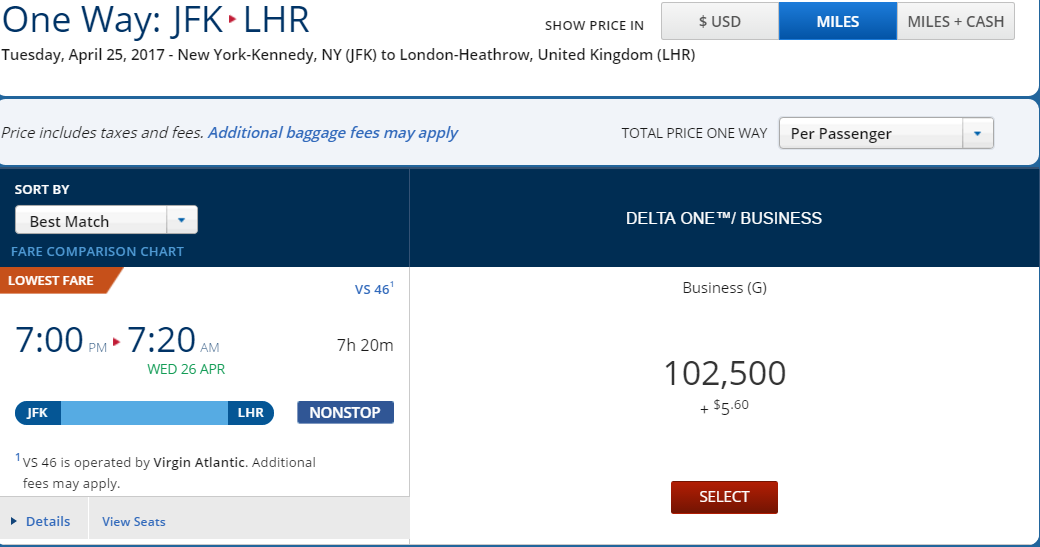
I created Delta and partner award charts.
However there’s also the wrinkle of partner business, more expensive booked close in, hence the asterisk by Europe. Now Europe isn’t all that needs an asterisk.
North Asia is now ‘normally’ an exorbitant 95,000 miles each way in business class on partner airlines, 190,000 miles roundtrip. (November 1 United’s price goes up from 80,000 to 85,000 miles one-way on partner airlines, American charges 60,000.) But someohow that isn’t high enough for Delta.
San Francisco – Shanghai on China Eastern, Sometimes 125,000 Miles One-Way Close-In
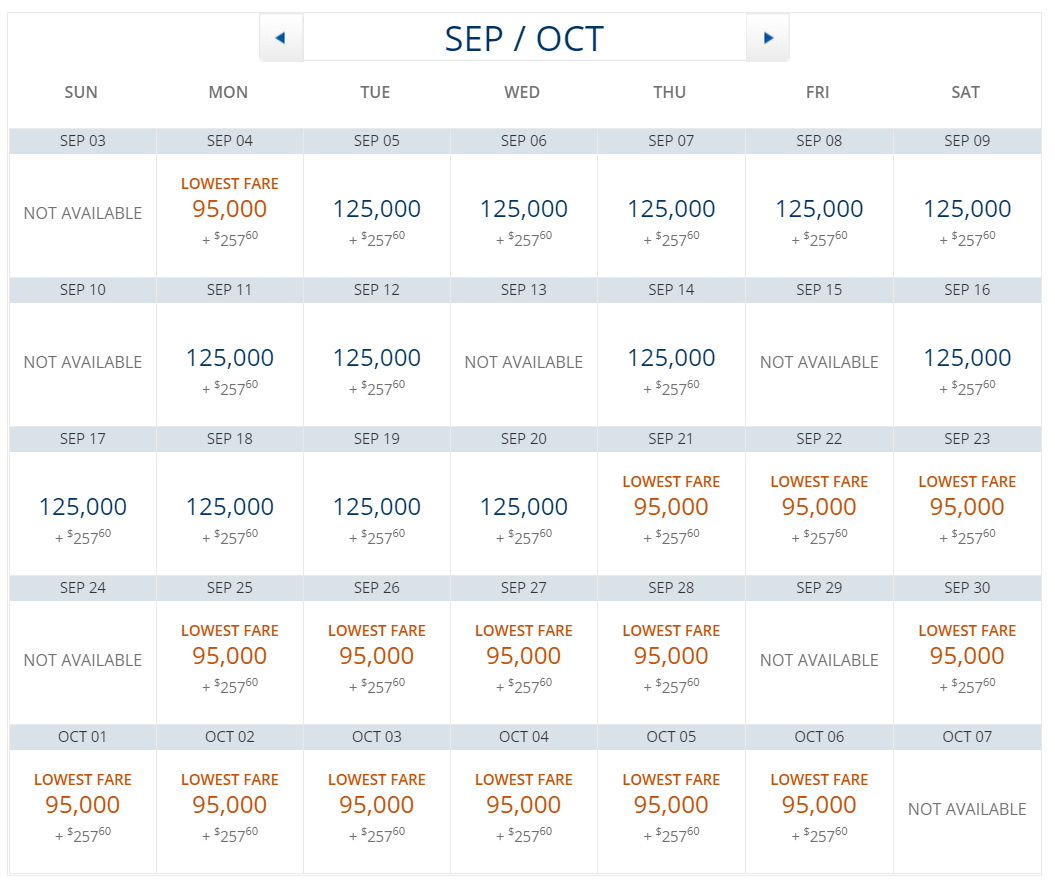
That’s an extra 30,000 miles one-way on top of an award that is already more expensive than what competitors charge.
San Francisco – Taipei on China Airlines, Sometimes 125,000 Miles One-Way Close-In
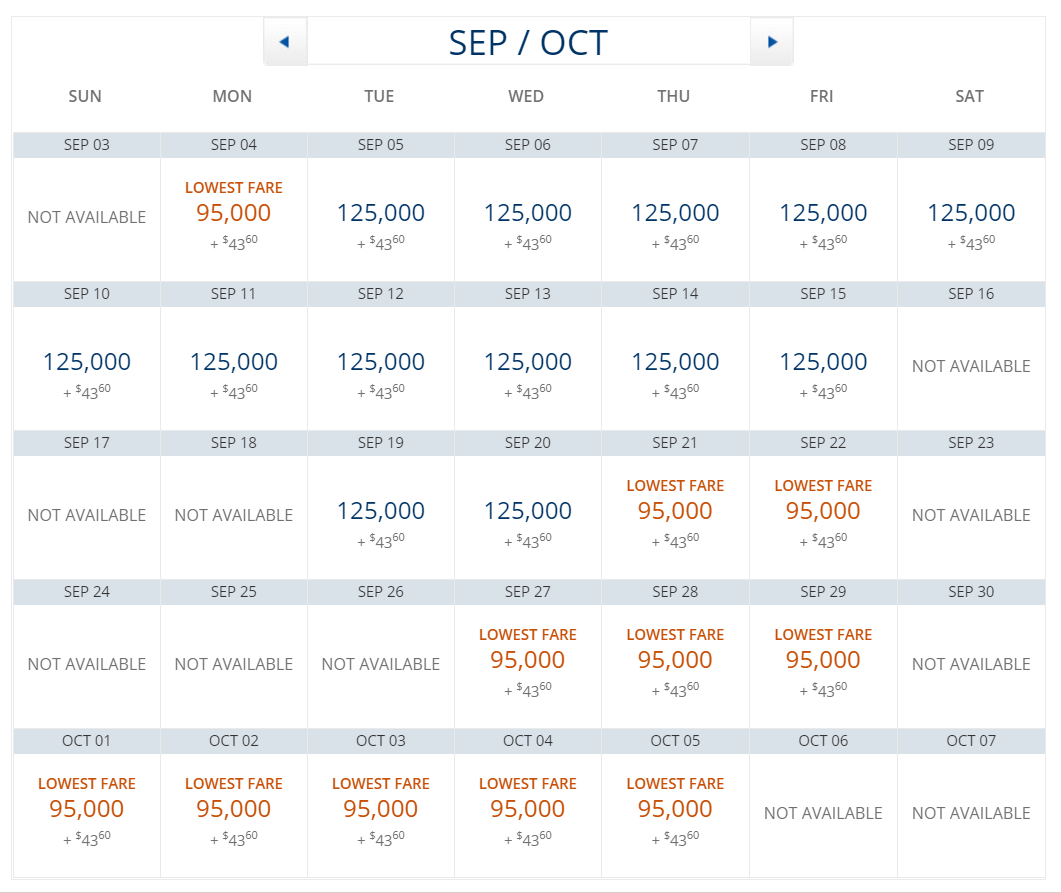
China Airlines business class by the way offers probably the best inflight experience you can get with SkyMiles.
The strange thing is that travel within four days doesn’t appear to have the higher pricing.
Hiding award charts isn’t an excuse for making this change without notice. And a refusal to provide advance notice of changes to members that reduce the value of their miles is no excuse not to provide after the fact notice of changes to members when the value of their miles is reduced.
- They still price awards based on a chart (inventory bucket, fare rules, corresponds to a price). They simply hide that chart from members.
- Even if they refuse to reveal their chart’s pricing up front, they could reveal their fare rules. Paid fares have published fare rules, like advance purchase requirements why not reveal the advance purchase requirements for lowest price (such as they are) award ‘fares’?
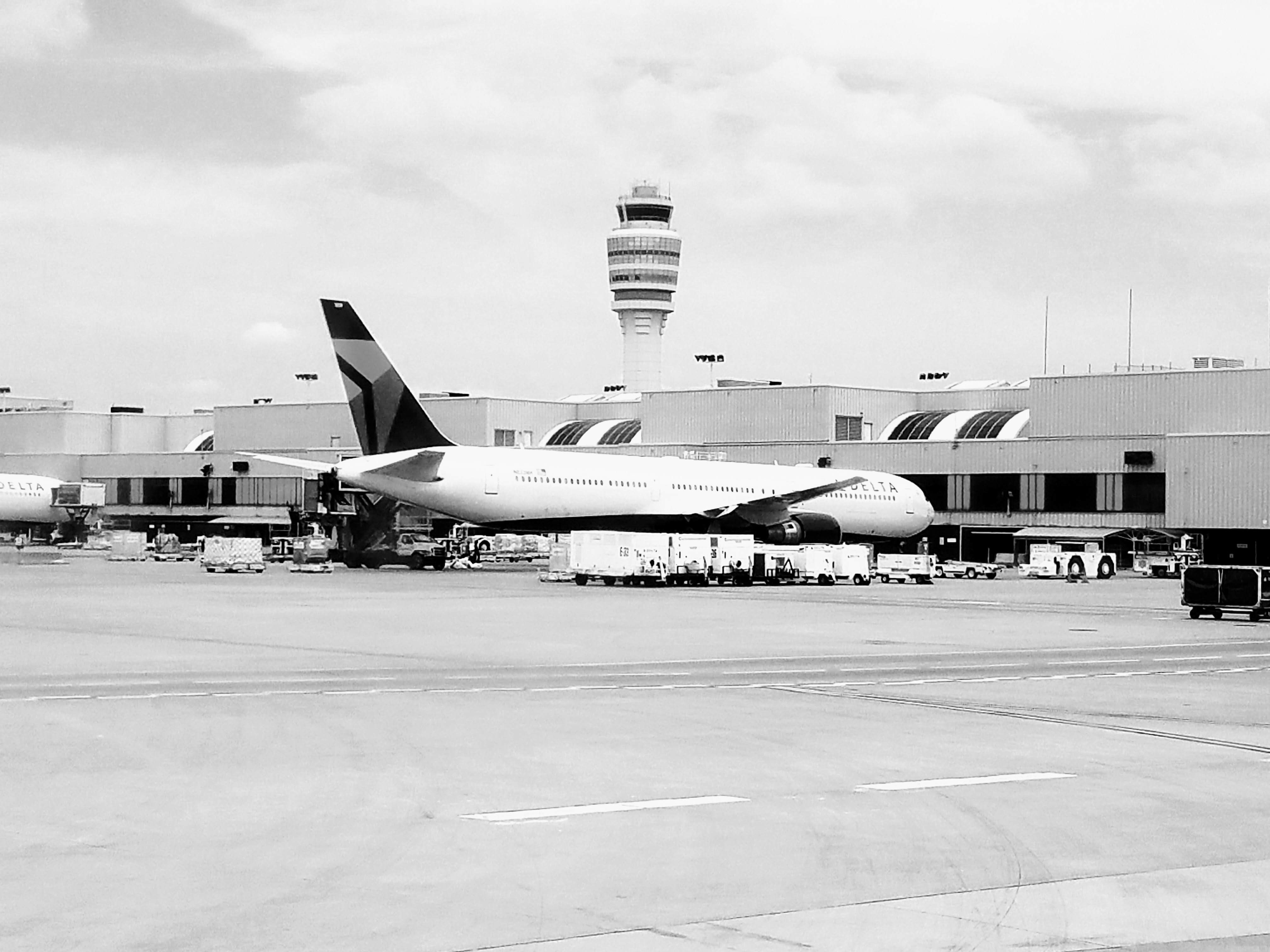
(HT: One Mile at a Time)

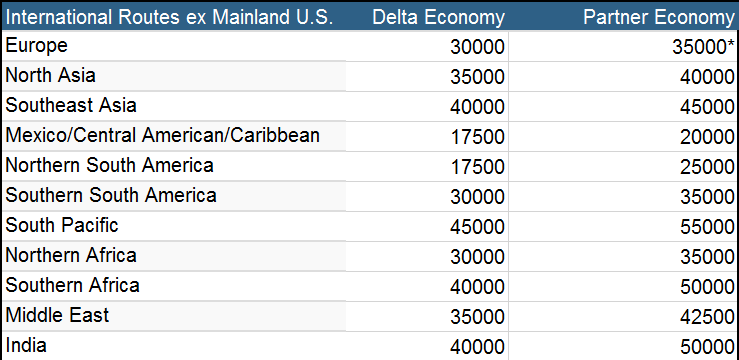
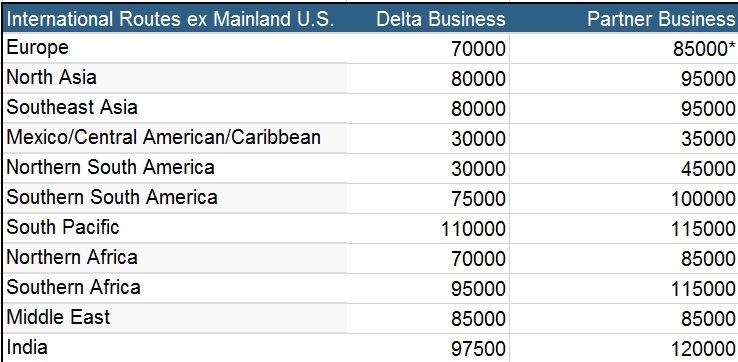

Wait, doesn’t Southwest change award prices several times per day? And they’ve made changes to the value per point without any notice either. Same with JetBlue.
AA has almost no saver seats and their top prices are hidden and cover more days of the year. And they charge non elites $75 if booked within 21 days.
I don’t think Delta started this trend.
Actually, Delta claimed it was illegal to give customers advance notice of frequent flyer program changes before Southwest even launched Rapid Rewards 2.0 let alone made any changes to the value of its points, and before American became stingier with award availability (2003-2004) and introduced multi-tier award pricing (April 8, 2014). So yes Delta started this.
I’m confused why in this article about Delta, the first image is making fun of united, from years ago, with a previous CEO.
The bottom line??? Delta SUX.
@Jason : WN and B6 are nearly perfect tied to a points-to-cash ratio (1/70 or 1.43cpp for WN, ~1.7cpp for B6 econ and ~1.3cpp for B6 Mint), and there’s no pretense of “saver award” levels.
AA gives you no saver but has a stable published award chart for partners. Other than BA’s painfully high YQ, many of the other redemptions are straight forward and gives reasonable value.
DL is the most convoluted one by far. And keep in mind a crucial piece – premium cabin awards nearly never make sense if they’re perfectly tied to their cash price. It’s kinda sad and ironic that weekly road warriors giving their loyalty to DL would potentially have a harder time redeeming their miles for premium cabins than us sitting at a permanent desk.
I’m glad and probably very lucky I stopped flying with Delta years ago. The continuous devaluations are a slap in the face to anyone brand loyal to Delta.
As much as I Hate DL )SkyPesos) , I honestly cant complain. My last 3 rewards were 12k r/t NY-SAV,12k NY-FLL r/t and 10k OW DEN-NY all non-stops booked weeks in advance
@isaac Those are the redemptions Delta wants you to make. You’re only getting about 1-1.5 cents per mile value – max.
For anyone who says price is everything (which I think is how Delta manages to justify whatever horrible things they do with their frequent flyer program), I’ll go out of my way NOT to fly them. But even they are better than some of the other options; I fly relatives out from Detroit and the only nonstop is on Delta and I am NOT putting them on Spirit. Myself, I haven’t stepped on a Delta plane in at least 5 years and will pay up to $50 to avoid flying them…that may seem like very little, but it adds up if I’m not the only one (and I have a feeling I’m not).
Get over it. Mileage programs are a fraud.
Delta is benefiting from people not caring about them, and they’re putting more money in providing a better experience. Comparing their financials and their customer satisfaction scores with those of the other US3 carriers proves that they’ve made the right choice.
@Amy, If delta management truly thought people didn’t care about ff programs, it would have no need to continually lie about stymiles. Just come clean about it for God’s sake: “We are constantly devaluing our mileage program and ff benefits so we can make more money. Please rely on none of our promises as we have plans to renege on them all at some point, and we intend to give you no notice about it as well. Our lawyers tell us you can’t do a damn thing about it, and that we are in accordance with our core values of honesty and integrity.”
@Amy (August 31, 2017 at 5:31 pm) is spot on (except perhaps for the “fraud” part).
The vast, vast majority of people will burn their miles on subpar redemptions – in their minds they view it as a money saving option regardless of the point per value use. Delta really excels at exploiting this fact.
The changes made by DL in ticket pricing are further proof that they are moving to a pricing parity system.
@Nick (August 31, 2017 at 10:45 am) – I know firsthand JFK-SAV nonstop is not cheap, so 12k roundtrip is pretty good value if he paid anywhere near what I paid for Economy.
@ADP, what delta excels at is bluffing its “competition.” I gladly give my business to companies that are honest and reliable while I avoid ones that are shady, and often I willingly pay more for the privilege. I think that’s pretty normal. But AA and UA seem to believe that it is more profitable, or at least safer in their competition-deprived industry, to emulate delta instead of challenging it. It is a race to the bottom, and consumers are the losers.
@henry: Southwest devalued from 70 to 72 points per dollar without notice or announcement about a year and half ago.